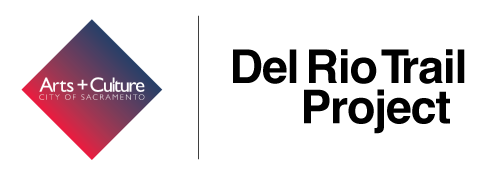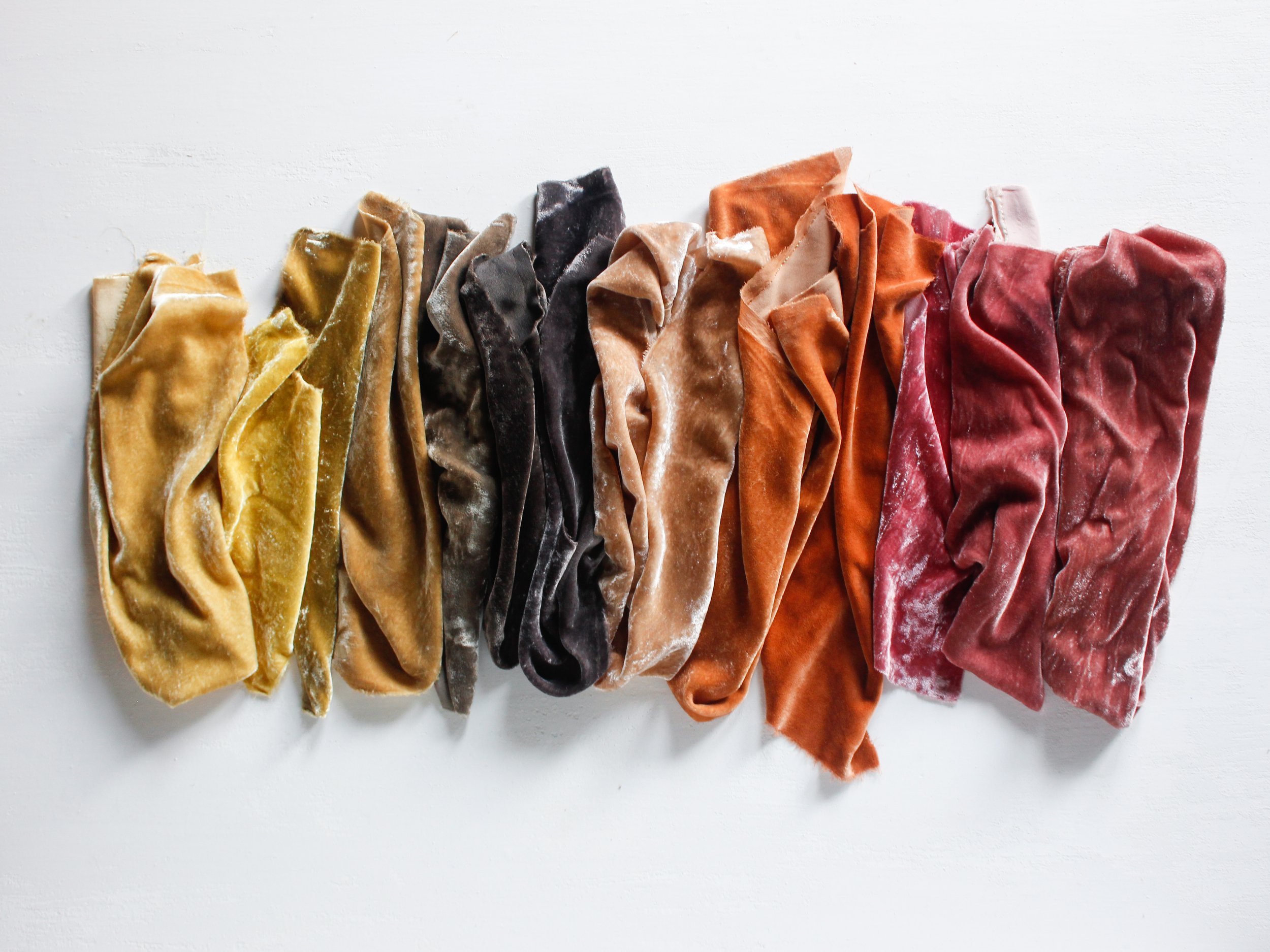Anna Meier: Locally Foraged Dyes
When I finished grad school the first thing I wanted to do was to start natural dyeing again. I had been introduced to the process while an undergraduate in a fibers program but I was focused on others things at the time and didn’t give it too much thought. In my last year of graduate school I saw more and more people using locally foraged and home grown plants to dye with on social media and I became very excited about getting back into the process. I remember feeling almost itchy towards the end of my graduate program because I so desperately wanted to start dyeing again, but I had no time to do anything outside of my thesis work. I felt like a slingshot, as soon as my life was my own again I began to explore dyeing using locally foraged plants voraciously.
At the time I had just moved back to my hometown of Sacramento CA and I began to forage for dye plants along the Del Rio trail. I grew up near the trail (actually a long stretch of abandoned railroad tracks) and I was very familiar with the plant life that grew along it. Fast forward 4 years, and ALOT of natural dyeing later, and I came across a call for local artists to make art about the Del Rio trail. I was lucky enough to be one of the artists selected by the Sacramento Office of Arts and Culture for the project, and it felt very full circle considering that the trail is where I started my natural dye journey.
For the project I’m making a quilt using fabric that has been dyed with different plants all collected from along the trail. I recently finished dyeing all the fabric, and I’m now moving on to piecing the quilt top. There were so many wonderful dye plants to choose from, but I ended up deciding on oxalis (also known as sourgrass), redwood cones, rosemary, two different species of eucalyptus, oak galls, plum branches, and green persimmons. I’m thrilled with the rainbow of local color from these plants, and I’m excited to share more as the project progresses.
(May 13, 2023)







